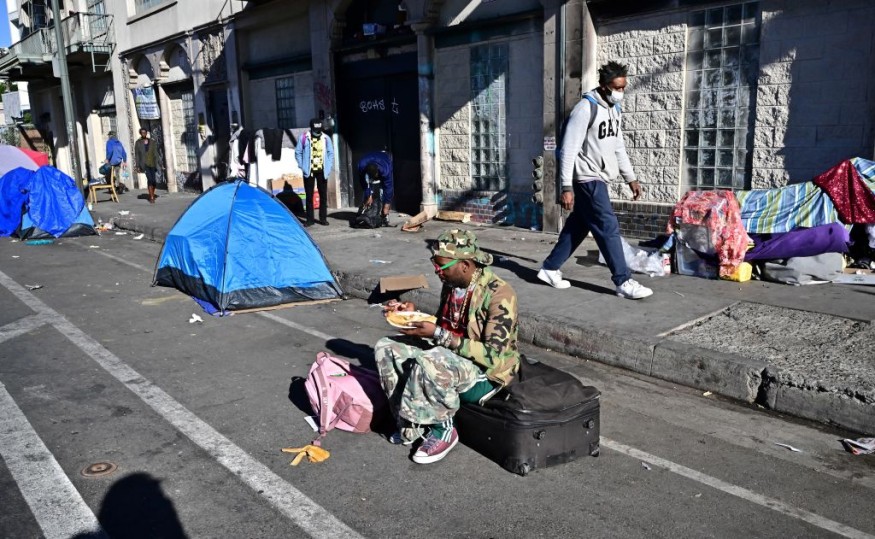
City officials in Santa Monica recently approved a multimillion-dollar apartment unit targeted at helping resolve the homelessness crisis in the area.
The proposed building will have 122 apartment units, each costing a little over $1 million to build. This means the project will cost the city more than $123 million, according to a design concept posted on the website of the Office of the City Clerk.
"Moving forward in bringing affordable and permanent supportive housing to city-owned land is a key step in our strategy to fulfill our Housing Element requirements. I look forward to the next steps and ultimately seeing families move into these new homes and thrive," Mayor Phil Brock said.
At least 36% of the building's 122 units will be studios, while 13% will be one-bedroom apartments, 25% two-bedrooms, and another 25% three-bedrooms. In addition, the building will have two underground parking levels with 116 total parking spaces, 60 of which are reserved for residents.
California's Response to Homelessness
The new housing measure was approved just days after an audit report was released, indicating that California had spent $24 billion to tackle homelessness between 2018 and 2023 but did not consistently track whether the money had even improved the situation. It also found that, due to inconsistent tracking, California did not have reliable data needed to understand why homelessness did not improve in many cities, as reported by NBC Bay Area.
"This report concludes that the State must do more to assess the cost-effectiveness of its homelessness programs," California State Auditor Grant Parks said in the full report. "Another significant gap in the State's ability to assess programs' effectiveness is that it does not have a consistent method for gathering information on the costs and outcomes for individual programs."
The audit analyzed five programs aimed at reducing homelessness. All these programs received a total of $13.7 billion in funding. Only two of those programs were deemed "likely cost-effective." One program, called Project Homekey, converted hotel and motel rooms into housing for the homeless, while the other, Homeless Housing, Assistance, and Prevention (HHAP), provided housing assistance to prevent families from becoming homeless.
© 2026 Realty Today All rights reserved. Do not reproduce without permission.



